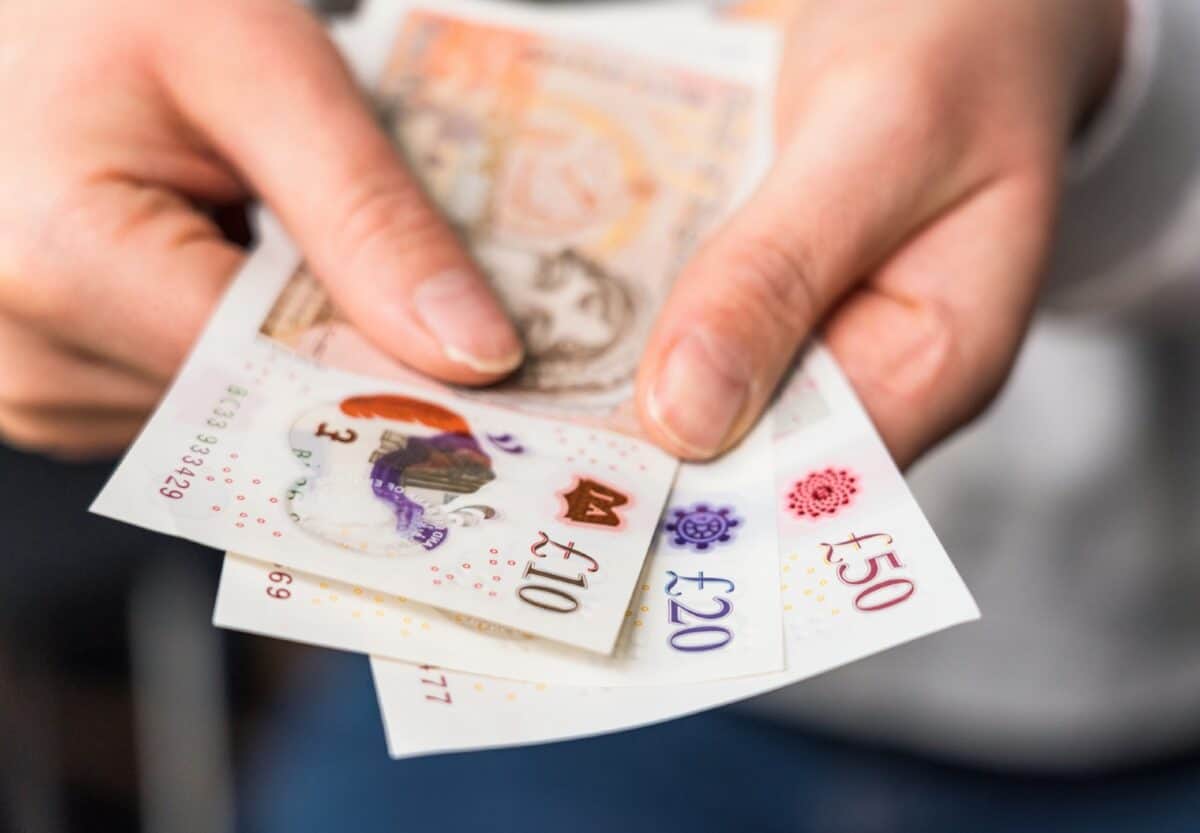FTSE 100 dividend shares are my chosen method of generating the high and rising second income I need to top up my State Pension when I retire.
I’m talking about passive income here, one I don’t have to lift a finger to earn, aside from pressing the ‘buy’ button on my online trading account.
Investing in shares is riskier than leaving money in the bank, but has two unmissable advantages, in my view. First, in most cases, the income will rise over time as companies compete to increase their profits and raise dividends.
I love dividend stocks
Second, at some point this year, interest rates will start falling. When they do, savings rates will inexorably follow, but dividend yields mostly won’t. That will boost demand for income stocks and, with luck, drive up their share prices. Which is why I’ve been buying all the high-yield FTSE 100 income stocks I can afford right now.
There’s one I don’t own though. Insurer and pension specialist Aviva (LSE: AV). Last year, I added rival Legal & General Group to my Self-Invested Personal Pension (SIPP), and didn’t think I should buy Aviva at the same time. My portfolio would be too concentrated in one sector if I did, and I wanted to diversify.
Well, I’ve done that now and I’m coming back round to Aviva. Its share price has had a good year, up 17.54% (sadly, L&G is up just 5.34%). The stock also yielded 7.7% in 2023, giving a total return of 24.65%. That’s five times what I’d have got on a best buy/easy access savings account. But, as I said, with more risk.
In 2023, Aviva paid a dividend per share of 33.4p. That was a 7.75% increase on the 31p it paid in 2022. A similar increase would lift it to 35.98p in 2024. Under that assumption, I’d need to buy 2,779 Aviva shares to generate income of £1,000 a year.
FTSE 100 star
That would cost me £13,061 at today’s price of around 470p. That would take up the lion’s share of this year £20k Stocks and Shares ISA allowance. I’d happily hold that much Aviva, but I don’t want to risk going all in at once.
Last month, Aviva has reported a strong start to its new financial year, with general insurance, wealth net flows and retirement sales rising around 15%. The group’s balance sheet remains strong, with an estimated Solvency II shareholder cover ratio of 206%.
If we have to keep waiting for that first interest rate cut, the share price could idle. Despite its recent strong run, Aviva could still be a value trap. CEO Amanda Kirkby has a job on her hands growing the business and keeping investors content.
Still, the shares look good value at 12.7 times earnings. And the group’s £300m share buyback is encouraging.
I’d like to invest £5,000 in Aviva this year. That would give me income of £381 in year one, which I’d reinvest straight back into the stock. Sadly, I don’t have £5k to hand today but will feed it into the stock over the rest of the year.
I see this as the ideal long-term buy-and-hold that will hopefully generate a second income into retirement and beyond. With luck, my L&G shares should come good too.








